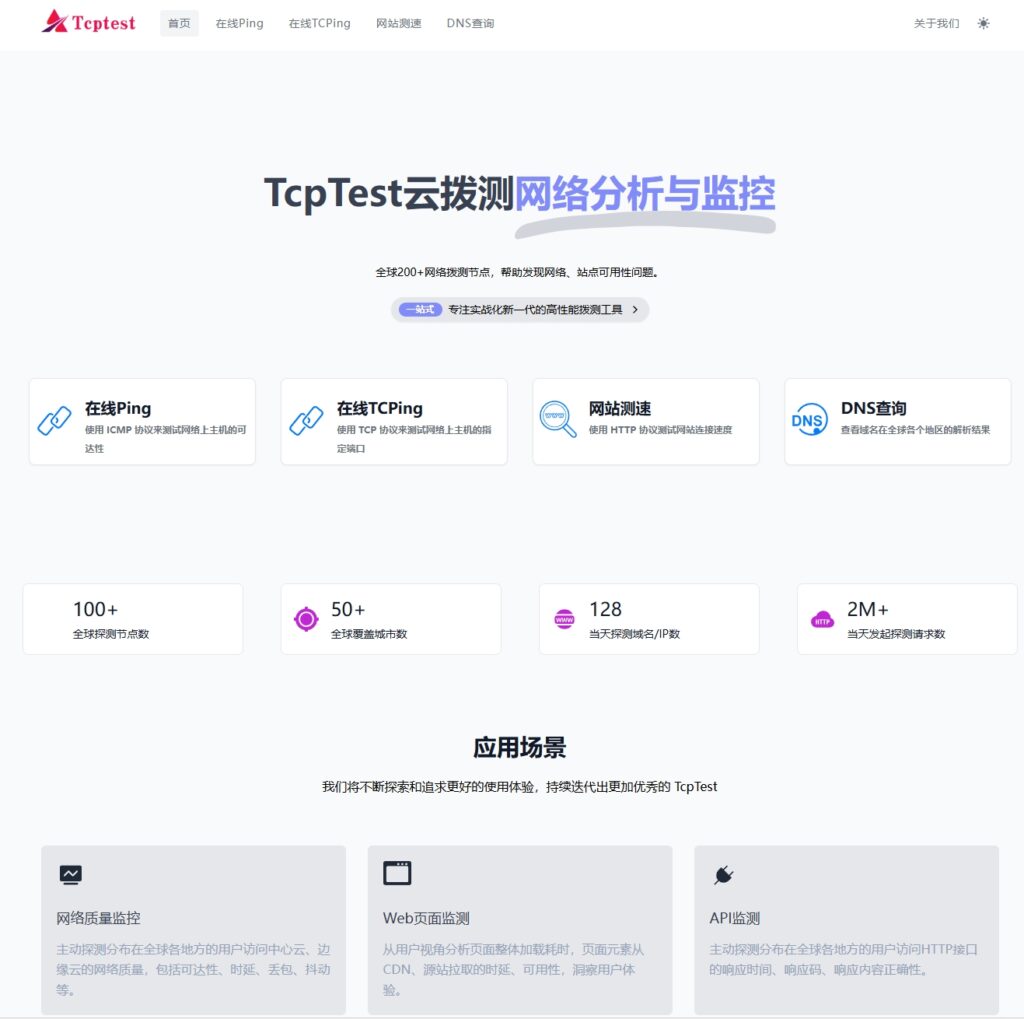本文深入讲解如何使用SpringBoot中的RedisTemplate实现类整合Redis,并提供详实的实例分析。
SpringBoot整合RedisTemplate实现高效缓存操作:实例详解
概述
在当前互联网项目中,缓存技术已经成为提升系统性能的重要手段,Redis作为一款高性能的键值对存储系统,被广泛应用于缓存、分布式锁、消息队列等场景,Spring Boot作为一款流行的Java开发框架,其提供了丰富的自动配置和模板工具,简化了与Redis的整合过程,本文将通过一个实例来详细讲解如何在Spring Boot项目中使用RedisTemplate实现Redis缓存操作。

环境准备
1、开发工具:IntelliJ IDEA
2、项目构建工具:Maven
3、Spring Boot版本:2.2.5.RELEASE
4、Redis版本:5.0.8
整合步骤
1、添加依赖
在pom.xml文件中添加Spring Boot Starter Data Redis依赖:

<dependencies>
<!-- Spring Boot Starter Data Redis -->
<dependency>
<groupId>org.springframework.boot</groupId>
<artifactId>spring-boot-starter-data-redis</artifactId>
</dependency>
<!-- 其他依赖 -->
</dependencies>
2、配置application.properties
在application.properties文件中配置Redis服务器信息:
Redis服务器地址 spring.redis.host=127.0.0.1 Redis服务器端口 spring.redis.port=6379 Redis密码(如果有的话) spring.redis.password= Redis数据库索引(默认为0) spring.redis.database=0 连接池最大连接数(默认为8) spring.redis.jedis.pool.max-active=8 连接池最大阻塞等待时间(默认为-1ms) spring.redis.jedis.pool.max-wait=-1ms 连接池中的最大空闲连接(默认为8) spring.redis.jedis.pool.max-idle=8 连接池中的最小空闲连接(默认为0) spring.redis.jedis.pool.min-idle=0
3、创建RedisTemplate配置类
在项目中创建一个配置类,用于配置RedisTemplate:
import org.springframework.context.annotation.Bean;
import org.springframework.context.annotation.Configuration;
import org.springframework.data.redis.connection.RedisConnectionFactory;
import org.springframework.data.redis.core.RedisTemplate;
import org.springframework.data.redis.serializer.GenericJackson2JsonRedisSerializer;
import org.springframework.data.redis.serializer.StringRedisSerializer;
@Configuration
public class RedisConfig {
@Bean
public RedisTemplate<String, Object> redisTemplate(RedisConnectionFactory redisConnectionFactory) {
RedisTemplate<String, Object> template = new RedisTemplate<>();
template.setConnectionFactory(redisConnectionFactory);
// 设置key的序列化策略
template.setKeySerializer(new StringRedisSerializer());
// 设置value的序列化策略
template.setValueSerializer(new GenericJackson2JsonRedisSerializer());
// 设置hash key和value的序列化策略
template.setHashKeySerializer(new StringRedisSerializer());
template.setHashValueSerializer(new GenericJackson2JsonRedisSerializer());
// 必须执行这个函数,初始化RedisTemplate
template.afterPropertiesSet();
return template;
}
}
4、使用RedisTemplate进行缓存操作
在Service层,我们可以通过注入RedisTemplate来执行各种缓存操作:

import org.springframework.beans.factory.annotation.Autowired;
import org.springframework.data.redis.core.RedisTemplate;
import org.springframework.stereotype.Service;
@Service
public class CacheService {
@Autowired
private RedisTemplate<String, Object> redisTemplate;
public void set(String key, Object value) {
redisTemplate.opsForValue().set(key, value);
}
public Object get(String key) {
return redisTemplate.opsForValue().get(key);
}
public void delete(String key) {
redisTemplate.delete(key);
}
}
5、编写Controller进行测试
创建一个Controller,调用Service层的缓存操作方法进行测试:
import org.springframework.beans.factory.annotation.Autowired;
import org.springframework.web.bind.annotation.GetMapping;
import org.springframework.web.bind.annotation.RestController;
@RestController
public class CacheController {
@Autowired
private CacheService cacheService;
@GetMapping("/set")
public String set(String key, String value) {
cacheService.set(key, value);
return "success";
}
@GetMapping("/get")
public String get(String key) {
Object value = cacheService.get(key);
return value != null ? value.toString() : "null";
}
@GetMapping("/delete")
public String delete(String key) {
cacheService.delete(key);
return "success";
}
}
通过以上步骤,我们已经成功地将Spring Boot与RedisTemplate进行整合,并实现了基本的缓存操作,RedisTemplate提供了丰富的API,包括字符串操作、列表操作、集合操作、有序集合操作等,可以满足各种场景下的缓存需求,在实际项目中,我们可以根据业务需求,灵活地使用RedisTemplate进行缓存设计和优化。

 九八云安全
九八云安全












